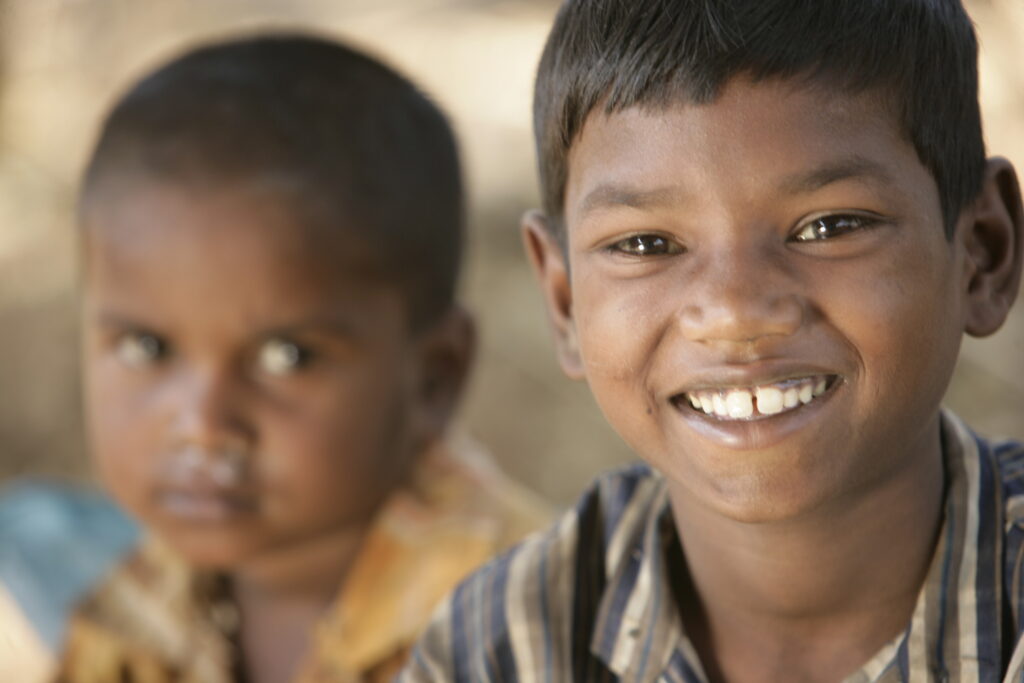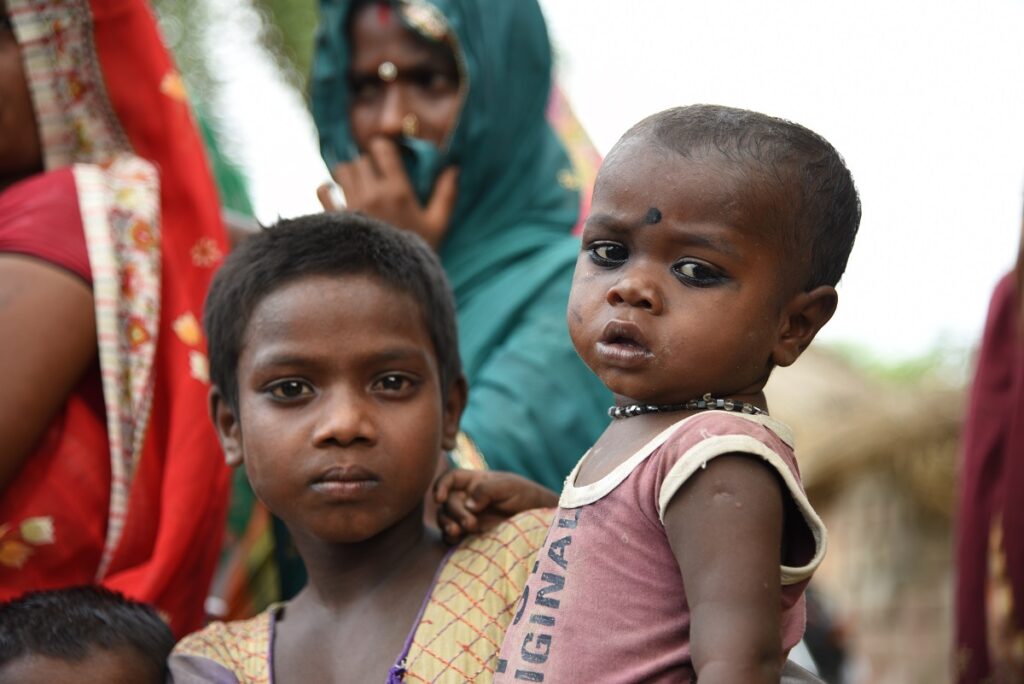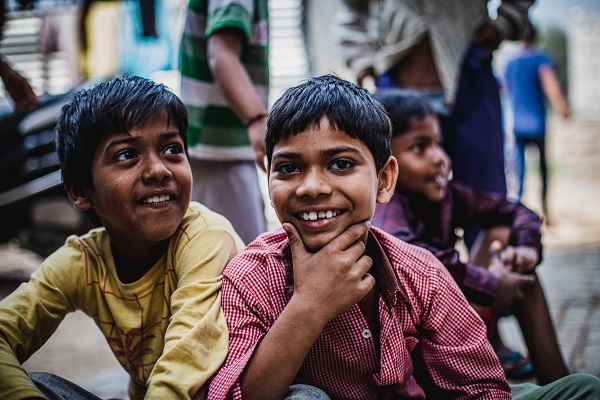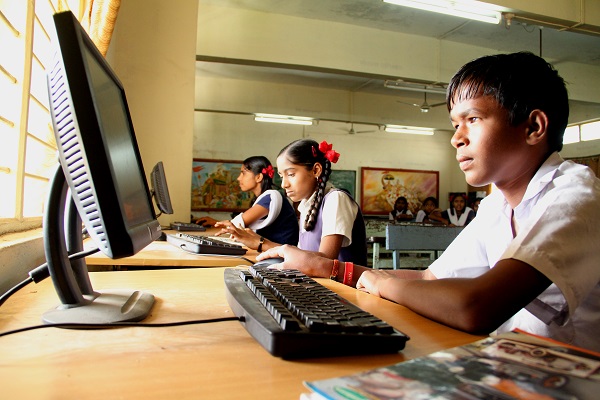
What is Child Labour? : Know Challenges, Solutions, and Empowerment
Children represent the future of any nation, and their well-being is directly linked to a society's progress. An environment that fosters their i....
Read MoreChild labour remains a pervasive and deeply rooted issue in India, despite significant efforts to eradicate it. As a reputed NGO dedicated to the welfare of children, we are committed to addressing this pressing concern and providing a better future for the young minds of our nation.

In this in-depth article, we will explore the ten primary causes of child labour in India and discuss the work we do at CRY India to combat this issue.

Poverty is the most significant driver of child labour in India. Families living in poverty often have no choice but to rely on their children's labour to make ends meet. Parents struggling to provide basic necessities, such as food, shelter, and clothing, see child labour as a means of economic survival. At CRY India, we understand that addressing child labour's root cause necessitates efforts to alleviate poverty. Our programs focus on creating awareness of the importance of education and how it can lead to better employment opportunities for their children in the future.
Families burdened with economic pressures due to unemployment, underemployment, or mounting debts may resort to child labour as a means of supplementing their meager income. This is often a heartbreaking choice made out of sheer desperation.
CRY India strives to break this cycle by connecting parents with MNREGA job opportunities and other social welfare schemes. We work to empower parents to improve their financial stability, thereby reducing their dependence on child labour.

The absence of quality education is a significant barrier to breaking the cycle of child labour. Many children in India do not have access to proper schools, or if they do, the quality of education may be subpar. When quality education is not accessible, children are more likely to enter the workforce prematurely.
At CRY India, we believe that education is the key to transforming lives. We work tirelessly to ensure that every child has access to quality education, encouraging them to dream beyond their circumstances by helping them get access to the government benefits like scholarships and education materials.
A lack of awareness about the detrimental effects of child labour perpetuates the problem. Some families may not fully comprehend the physical, psychological, and emotional toll that child labour takes on their children.
CRY India's awareness campaigns play a crucial role in educating communities about the harmful consequences of child labour. We conduct workshops, seminars, and awareness programs to inform families, communities, and policymakers about the importance of eradicating child labour.
Conflict situations and mass migrations, whether due to internal strife, natural disasters, or economic instability, disrupt families and expose children to the harsh realities of labour. In such situations, children often find themselves without a proper support system.
CRY India actively works to support children in conflict-affected areas and during mass migrations, providing them with essential services, counselling, and access to education, aiming to rebuild their lives.
Gender disparities are a significant contributor to child labour, as girls, in particular, often face discrimination and are more likely to be engaged in unpaid domestic labour. This deprives them of the opportunity to receive an education and enjoy their childhood.
CRY India is committed to addressing gender disparities by advocating for equal opportunities for boys and girls, empowering girls through education, and creating a more equitable society for all.
Natural disasters, including floods, droughts, and other climate-related events, disproportionately affect marginalised communities. When families lose their livelihoods due to environmental factors, children are pushed into labour to support their families.
The demand for cheap labour in various industries, including agriculture, manufacturing, and domestic work, perpetuates child labour. Employers seeking to cut costs may exploit children who are often unaware of their rights or unable to defend themselves.
Weak or poorly enforced legislation allows child labour to persist. India has made progress in enacting laws to combat child labour, but gaps remain, and enforcement can be lax.
CRY India actively advocates for stronger legislation, actively participating in policy discussions to ensure that the legal framework is robust and comprehensive, leaving no room for exploitation.
In certain cases, adolescent children are drawn to the labour market due to the perception that it offers them an opportunity to earn money, and they may be enticed by the prospect of independence.
CRY India believes in empowering children to make informed choices about their future through children’s collectives. We provide them with the education and skills needed to secure meaningful, sustainable employment in the future, ensuring they are not lured into exploitative labour.
At CRY India, we have been tirelessly working towards eradicating child labour and ensuring the welfare and development of India's children.
Our multifaceted approach includes:
Advocacy and Policy Change: We actively engage with policymakers and government bodies to influence policy changes that protect children and address the root causes of child labour.
Awareness Campaigns: We conduct extensive awareness campaigns to educate communities about the adverse effects of child labour and the importance of children's rights.
Support for Education: CRY India provides educational support, access to scholarships, and infrastructure improvements to ensure that every child has access to quality education.
Livelihood Opportunities: We connect parents with MNREGA job opportunities and other social welfare schemes to empower parents to break free from the cycle of poverty and reduce their reliance on child labour.
Gender Equality: We promote gender equality, empowering girls and advocating for equal opportunities for all children.
Disaster Relief: We actively engage in disaster relief efforts in CRY project areas, providing immediate assistance to families affected by natural disasters.
Legal Advocacy: We actively advocate for stronger legislation and support enforcement efforts to eliminate child labour from various industries.
Child labour still remains a pressing issue in India, fueled by a complex interplay of factors such as poverty, economic pressures, lack of education, and many more. As a dedicated NGO, CRY India continues to strive for a child labour-free India by addressing these root causes, advocating for policy changes, and empowering children and families to lead better lives.
The fight against child labour is a collective effort, and we invite you to join us in our mission to create a brighter future for India's children. Together, we can ensure that every child can experience the joys of childhood and access the opportunities they deserve.